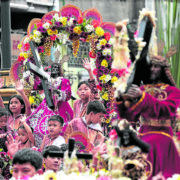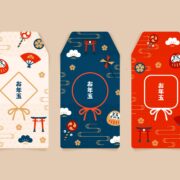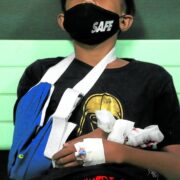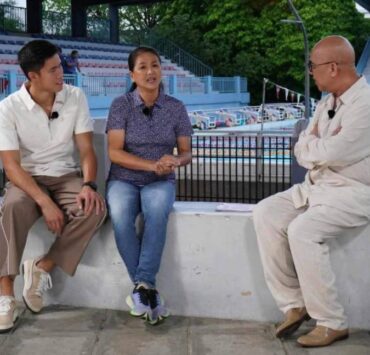How this designer is continuing her grandma’s 90-year-old brand
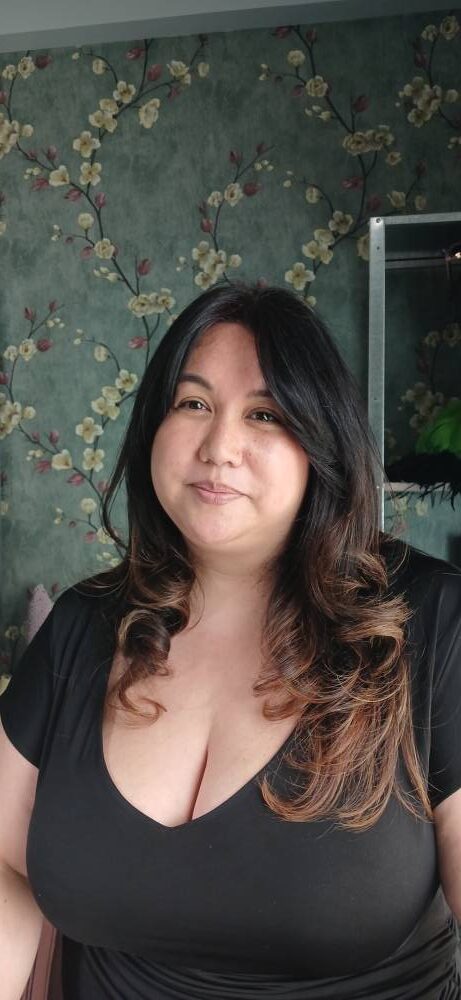
For those who have never heard of the brand, it may seem like the “Romack” name lives in whispers, spoken in cherished tones among those in the know and, let’s face it, those who can afford it—like a benediction reserved purely for the favored.
Romack exudes exclusivity, boasting a largely generational clientele, from lolas to mothers to daughters and now apos whose families have been going to Tina Romack Lirag’s family for their fashion needs for decades. For some, that has been since her grandmother Pilar Ver Romack first put up New Yorker Gown Salon in 1935, to sell imported clothes. The shop was eventually renamed New Yorker PVR and, later, just Romack, and has since pivoted completely to made-to-order.
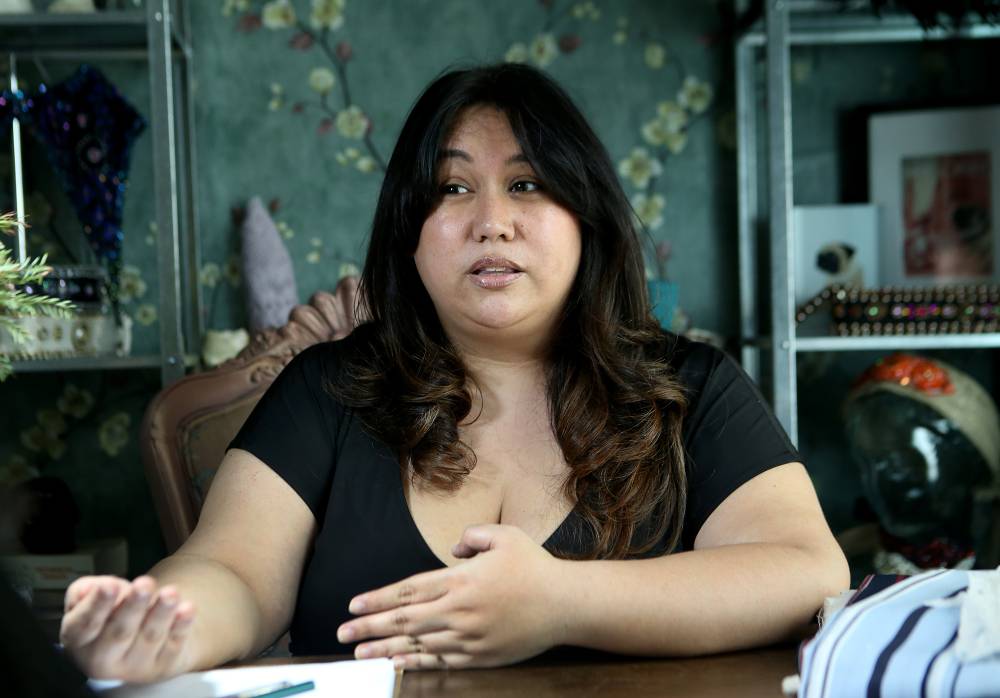
But even with word in some circles going that you need to know somebody connected to the shop to be able to get an appointment, Lirag insists it’s not about being picky. “We’re just not out there, so I don’t have 500 clients lining up to schedule appointments.”
Even then, with hardly any social media presence—a death knell for businesses these days—the brand continues to thrive, thanks to the Filipino culture of referral.
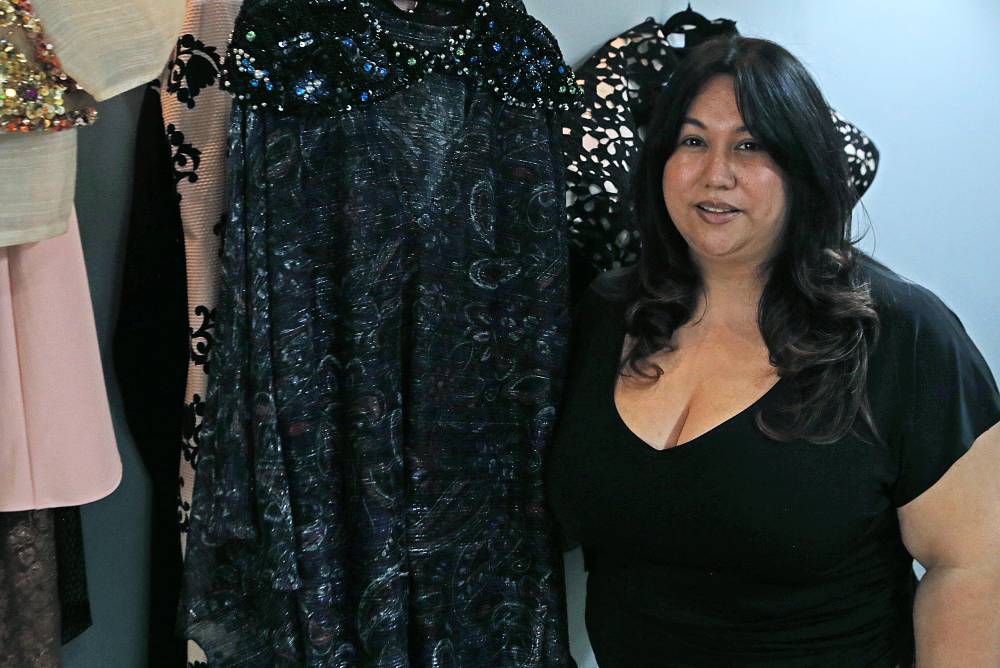
Romack’s participation at the last MaArte Fair is a rare occurrence. While she had joined pop-ups before the pandemic, it was always just small events, in support of people she knew. “No matter where I join, I do want it to be small and intimate so I can give time to the client so they’re not rushed or anything like that.”
What they offer, after all, is service.
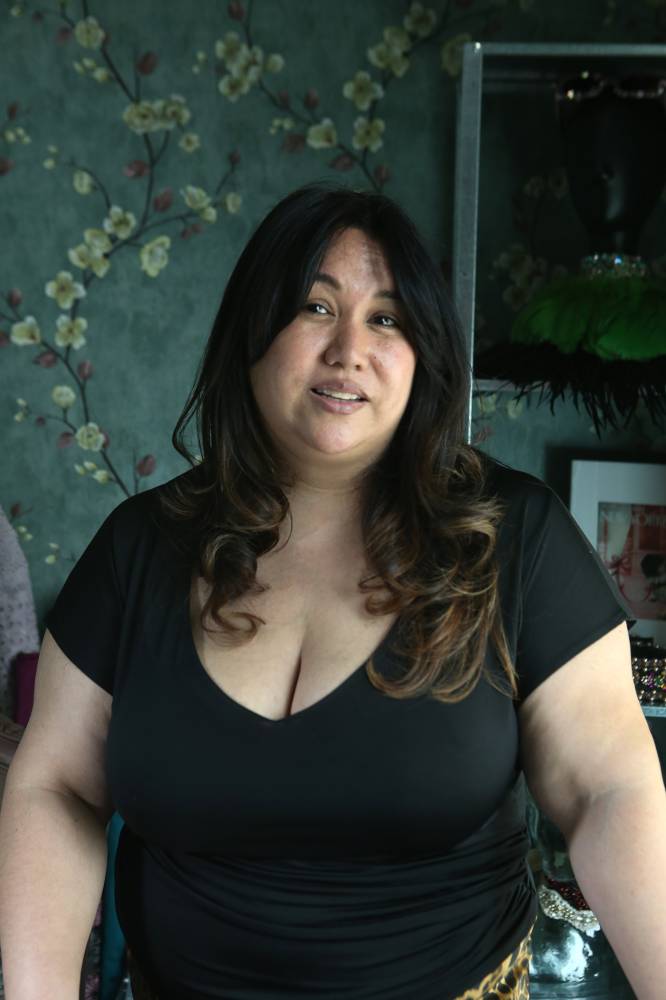
One-on-one sessions
Romack’s tiny studio in McKinley Hills, Taguig City, is made for one-on-one sessions. Clients are asked to make an appointment at least two months in advance, wherein Lirag will get to know them and what they need.
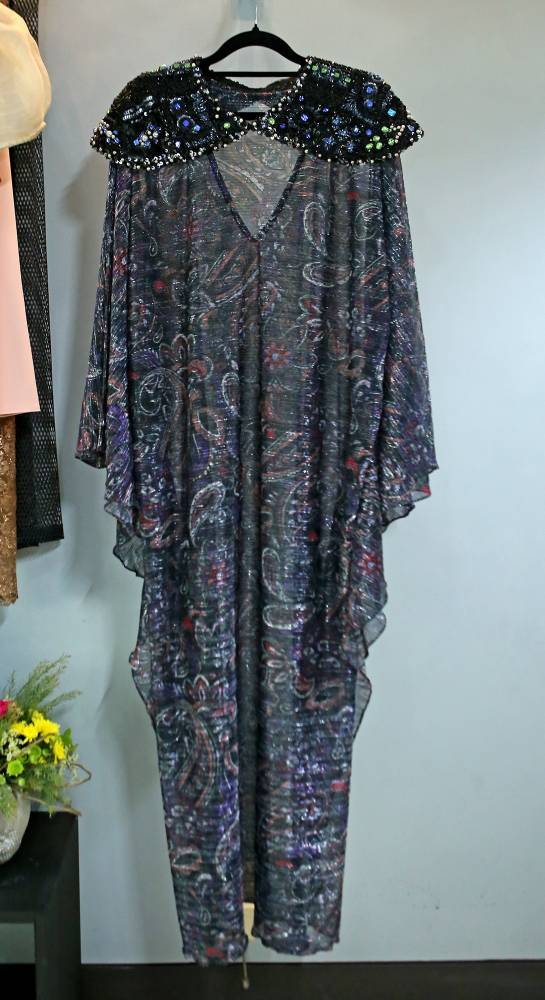
“I do not give things without fittings. That’s why for such a small space, half of it is a fitting room. I really take my time to be able to fit with the clients, because then what’s the difference from RTW?” she said.
Interestingly enough, as the brand makes its way to its 90th year, Lirag has been leaning into its RTW roots.
“I said, let’s go back to how my lola started it.”
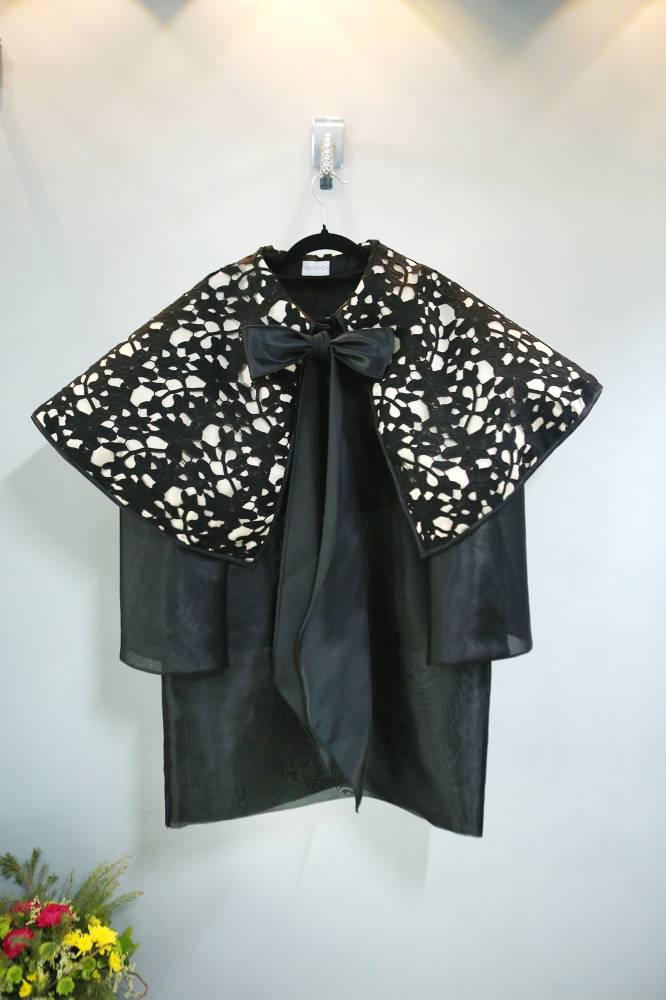
However, her idea of RTW isn’t exactly the inventory of mass-produced look-alikes the term usually connotes. Her RTW pieces are only so in the most technical sense: They are indeed ready to be worn, as they are, off the rack. But she only makes one of each design.
“So it’s one-off, and people were like, ‘Oh, one of each size?’ I’m like, ‘No, it’s one piece.’”
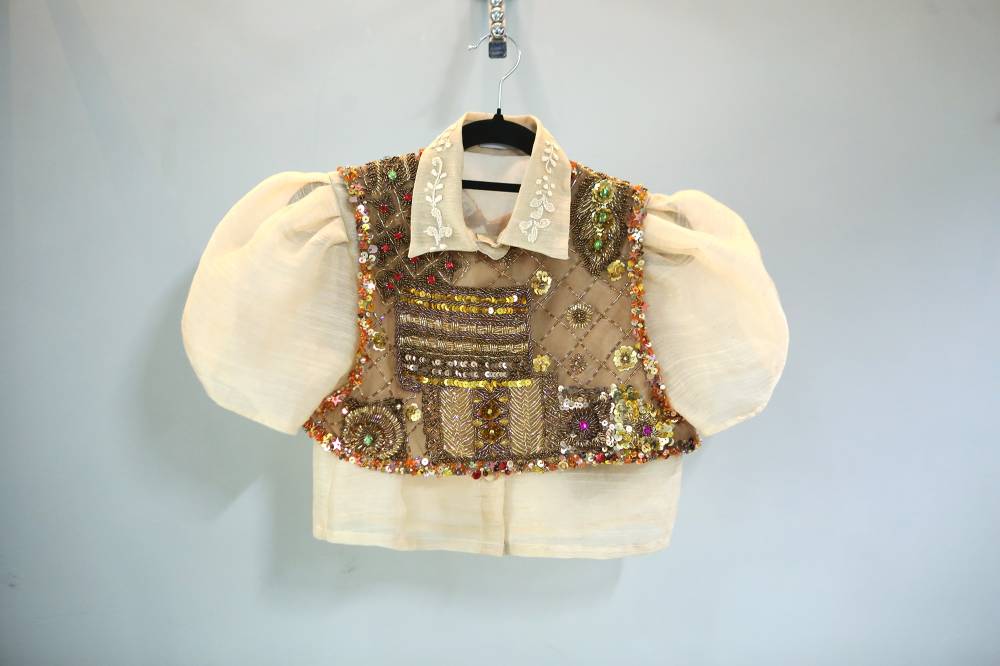
Talk about exclusivity. Even when buying fabrics, Lirag makes sure she only buys a limited amount so that she can keep to doing just one-offs—much to her accountant’s chagrin. “He said, ‘You can’t keep your RTW to one!’ I said, ‘I can!’ Because I still want my clients to feel the made-to-order side of it, so at least they know they’re the only ones that can have that.
“In this world of the same, everyone deserves to be unique.” (She also makes one-off flats from the fabric scraps.)
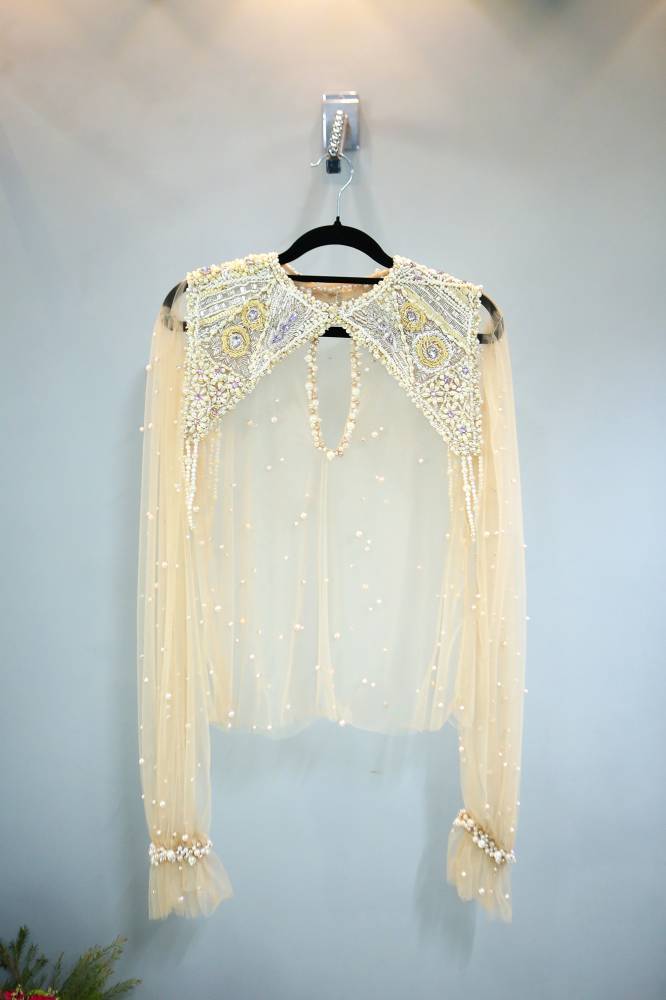
Size inclusive
One thing to know about Romack is that even its ready-made pieces will be wearable for people of different sizes. “I’m very size inclusive,” Lirag said. “It’s not that I want to please everyone. It’s just me being kind of real with people coming in different sizes.”
So a skirt, for example, would usually have drawstrings with elastic at the back so it fits more sizes. “On days that you’re bloated, or on days where you came back from vacation, I still want you to be able to use it and still look the same as when you bought it,” she said.
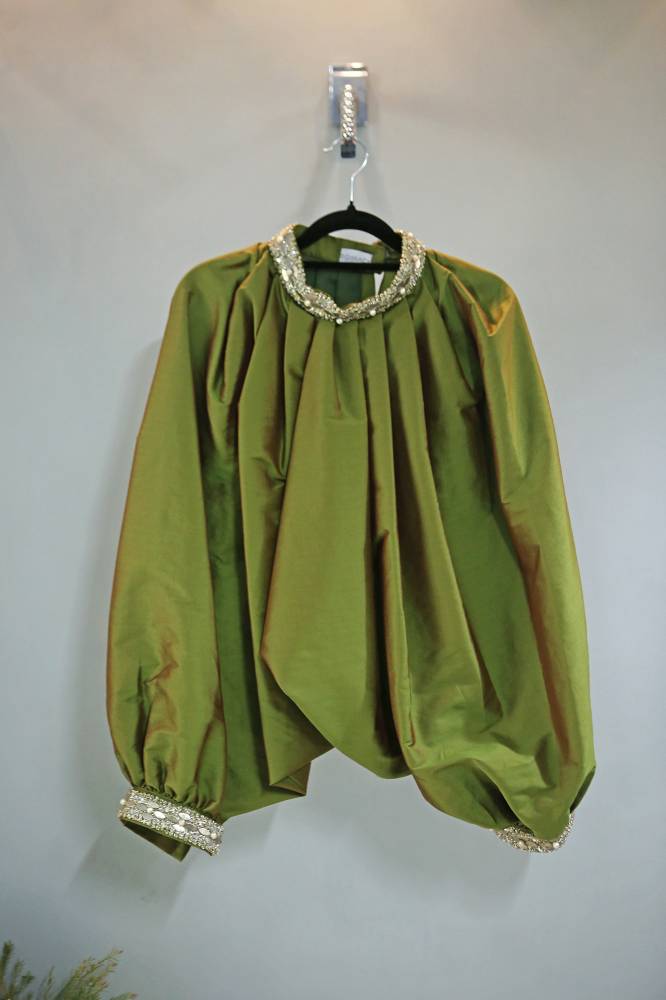
“I dress and make clothes for everyone. And at the end of the day, everyone deserves to look good. So if you can help them in one way or another, so be it.”
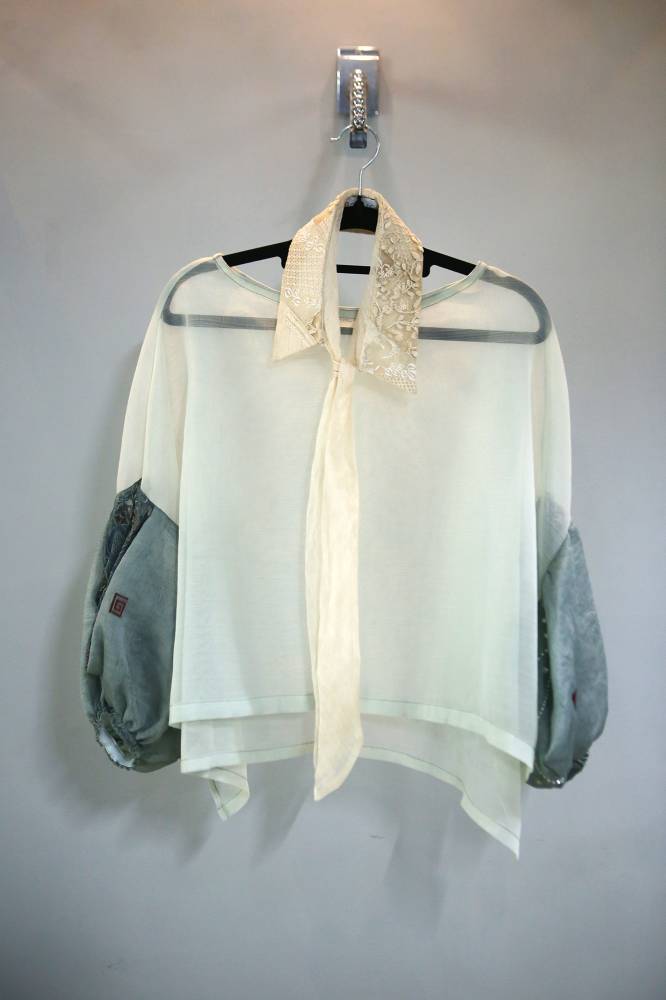
Lirag is reluctant to call herself a designer, having never studied fashion despite essentially having been born into the business. She worked as a preschool teacher in the United States, becoming a director before deciding to go back to the Philippines when she was around 28 years old to work in her family’s store. She revealed that she only learned to draw during the pandemic. In fact, it’s easier for her to call her staff artisans than to call herself a designer, likening her role to an orchestra conductor.
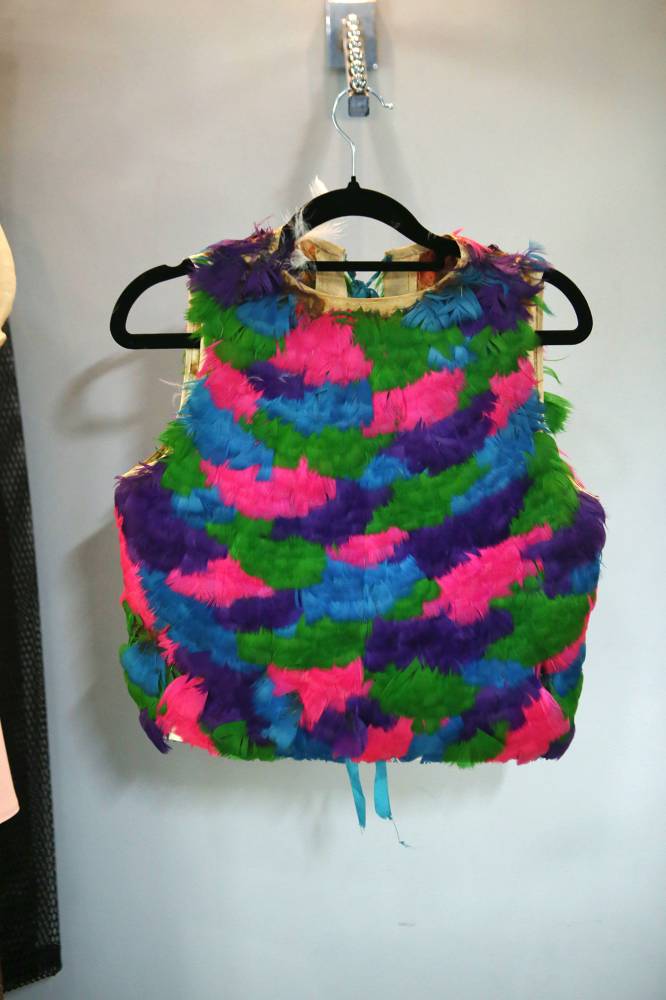
Versatile toppers
Romack would eventually become known for its unique, eye-catching and versatile beaded accessories, which Lirag creates. “When I started Romack (in 2016), it was really for my beaded accessories. I wanted to concentrate more on the beaded thing and I really pushed the production, which takes forever.”
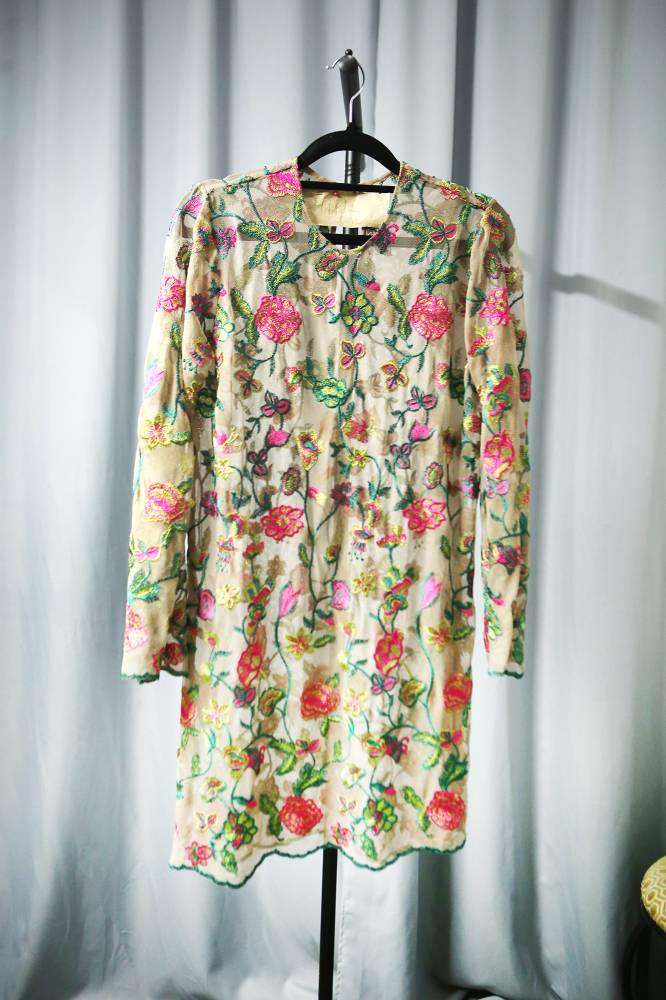
Her clients have always known her beading, and they would have beaded gowns made that are expensive. “But if these were posted on social media, they sort of feel that they can’t wear it again.” So Lirag started doing separate beaded pieces.
These toppers, as she calls them, can be worn over clothes. Even casual outfits become fancy just by adding these beaded accessories. She tells clients not to wear the toppers on gowns so they can wear it again and again.
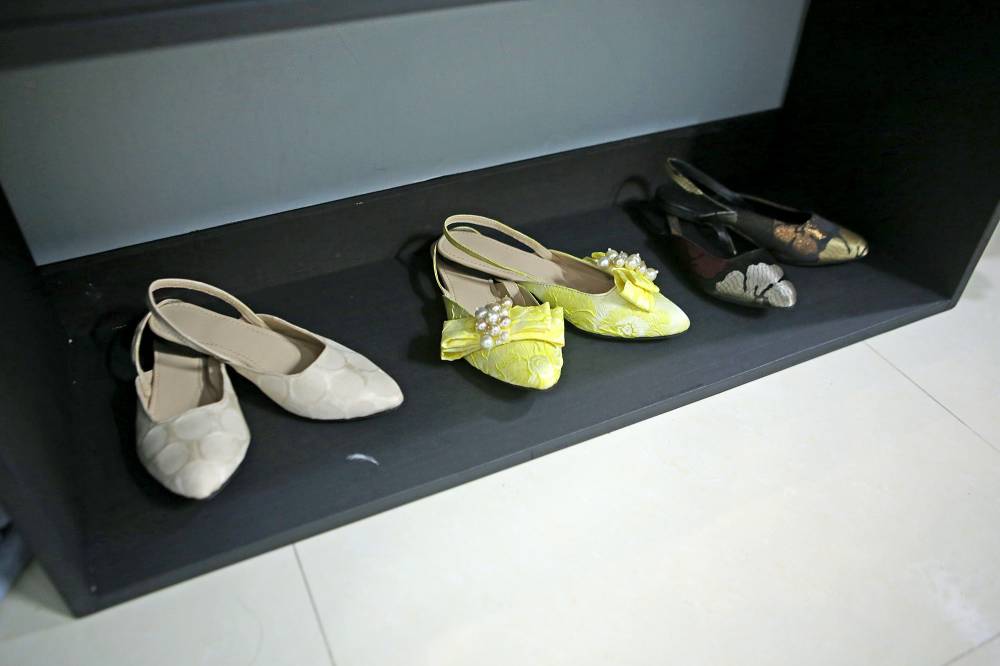
“You can just take your outfit for the day, take your jacket off and then put on a beaded piece, and then you’re formal,” she said, adding that it also makes attending events on trips easier: just wear a jersey dress and top with the beaded piece, which can be work in different ways, by the way.

And it’s not as delicate as everyone seems to think. “You can stick it in a pouch. It’s meant to be worn.”

Aside from their RTW line and custom pieces, they also repair, rework and restore old pieces. “You can always bring in your husband’s, dad’s, kids’ old barongs, and we can reuse them for you.”
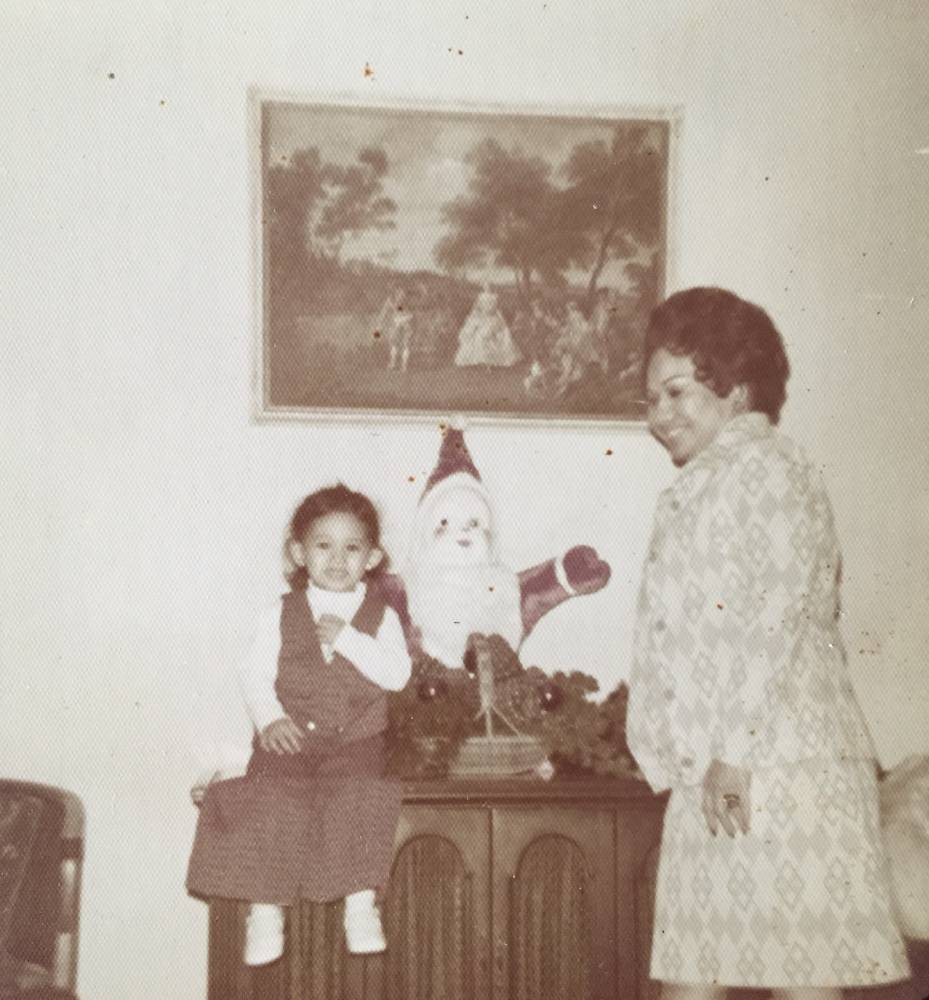
Romack has worked on not a few vintage wedding gowns, reusing just the parts or even restoring the entirety.
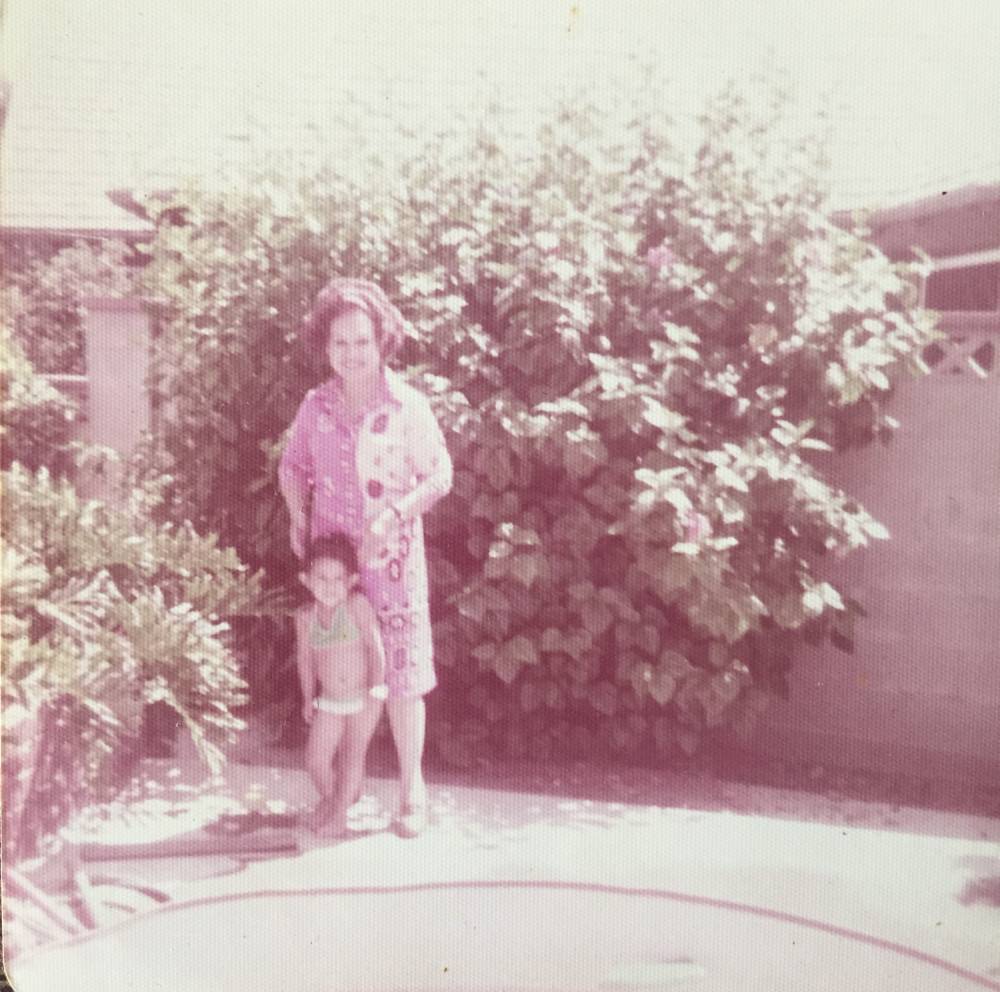
“It’s investment dressing. Price-wise, some people say it’s a bit pricey. But I say, it’s an investment piece, so I try to give you something you can wear over and over again. We’re actually operating at a loss because they don’t need to keep having things made.”
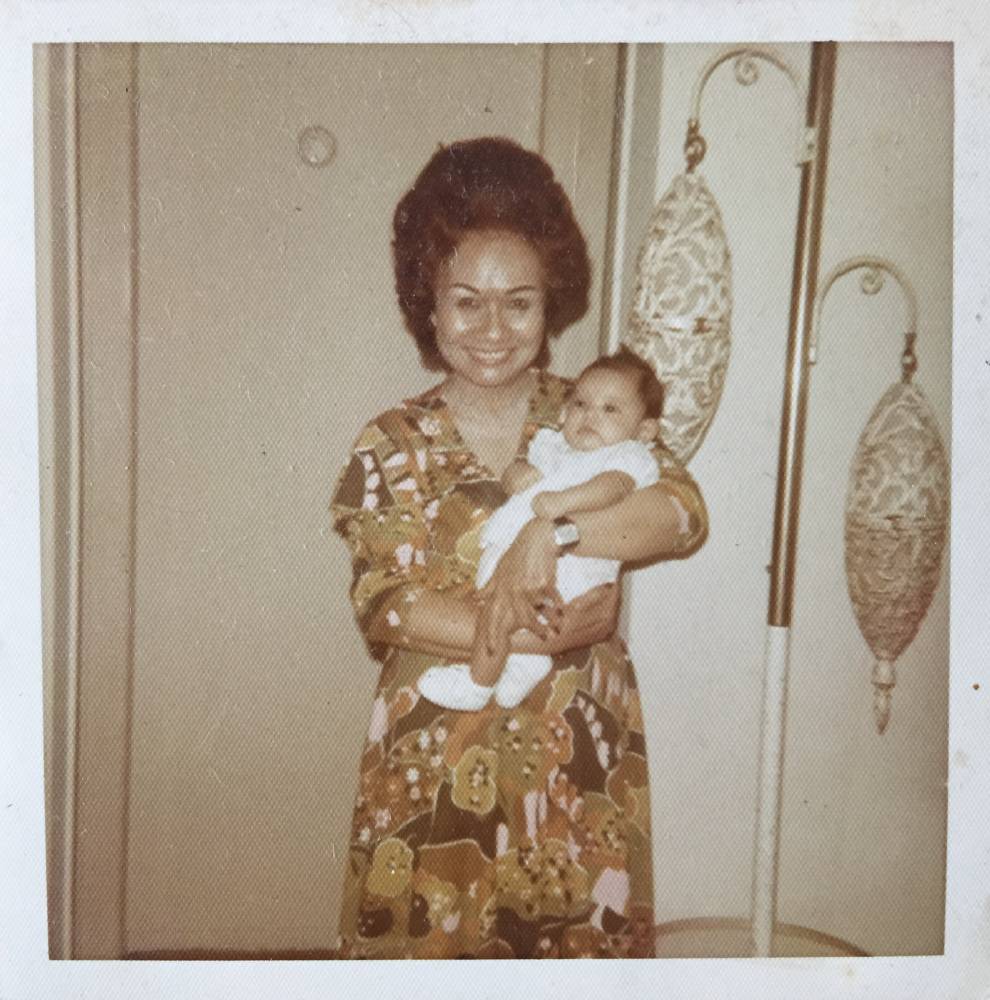
Lirag encourages clients to wear the heck out of their Romack pieces. The team puts everything into making a certain piece, so they appreciate people who understand that these items are not disposable.
“Wear it as much as you can and get the most out of it. Because it only shows the quality of work that we do, that it lasts.”




